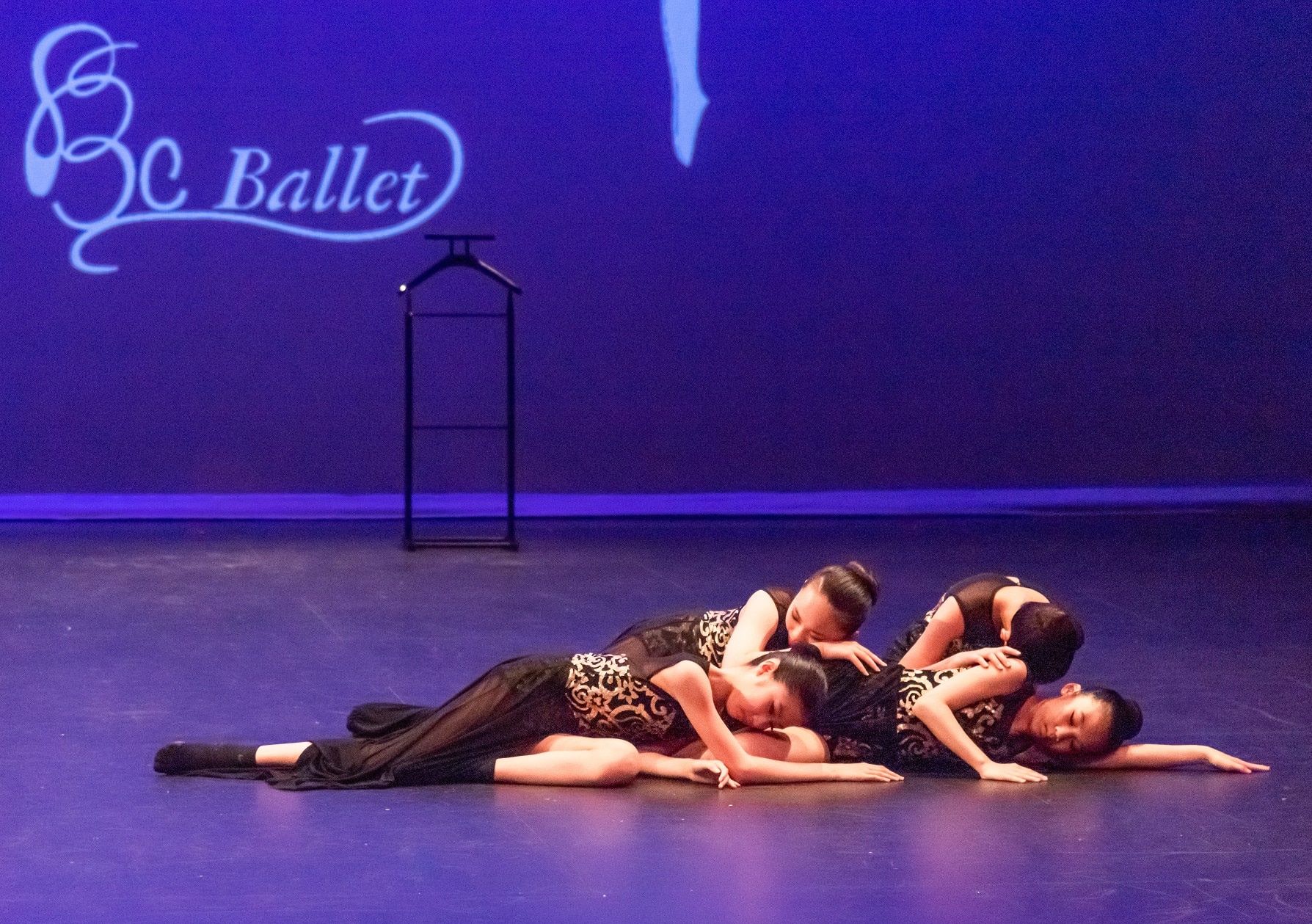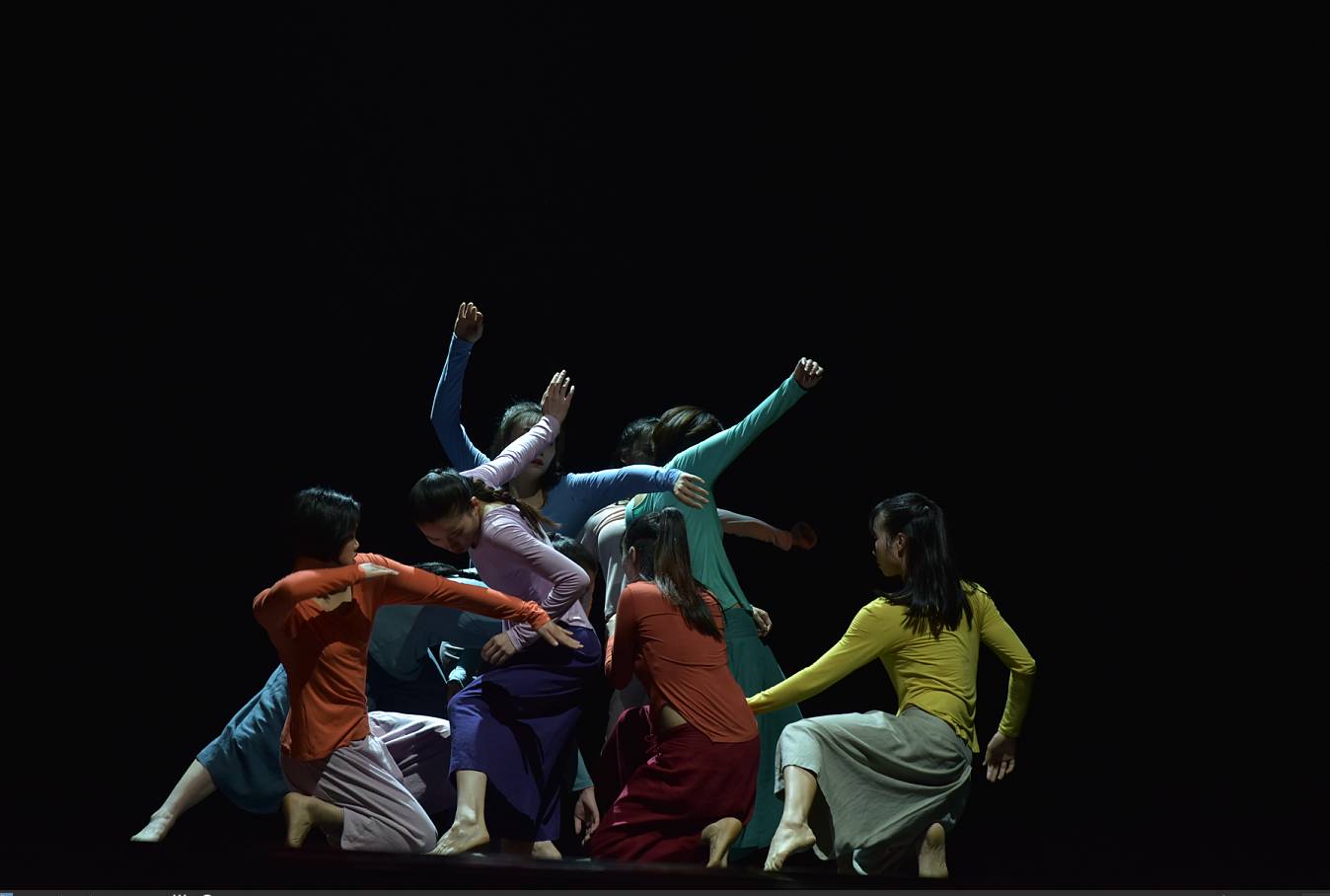Contemporary dance is an expressive and innovative style that breaks free from the constraints of traditional ballet. It emphasizes freedom of movement, fluidity, and individual interpretation. Contemporary dance combines a wide range of techniques, dynamics, and emotions, allowing for the expression of personality and creativity on stage.

The Allure of Contemporary Dance
Contemporary dance is a form of dance performance that emerged in the mid-20th century. It has evolved to become one of the primary dance styles studied by professional dancers worldwide and is particularly popular in the United States and Europe. Although rooted in and influenced by classical ballet, modern dance, and jazz dance, contemporary dance ultimately became a hybrid of elements.
In terms of its technical skills, contemporary dance tends to combine the powerful, controlled leg movements of ballet with the gravity placed on the body’s core that characterizes modern dance. Additionally, contemporary dance incorporates techniques such as contraction-release, floorwork, fall and recovery, and improvisational aspects commonly found in modern dance. Rhythm, speed, and direction are unpredictably altered, making this technique a hallmark of contemporary dance.
Distinguishing Contemporary Dance from Modern Dance
In simple terms, contemporary dance derives from the modernist movement of the early 20th century, emphasizing originality and emotional expression, striving for freedom and abstraction, and regarding dance as an independent form of artistic expression that transcends traditional norms. In contrast, contemporary dance places a greater emphasis on reflecting contemporary society and culture, highlighting the reflection of real-life, emotions, and societal issues, establishing a more direct connection between the audience and the dance work.
